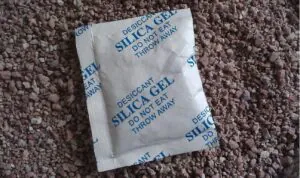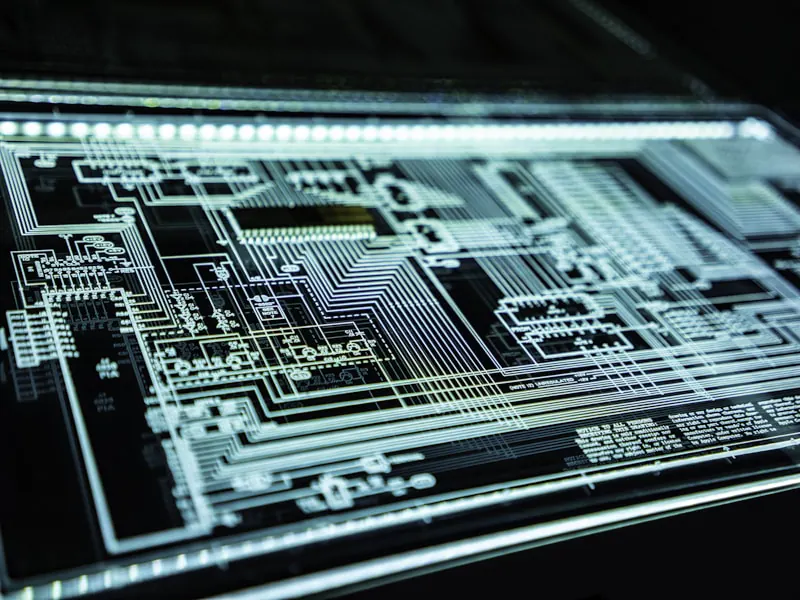What is ES nonwoven fabric?
Choosing the right packaging material is difficult. A bad choice can lead to failed seals, safety issues, and a product that looks cheap, hurting your brand's reputation.
ES nonwoven is a type of thermal bonded fabric made from bicomponent fibers. These fibers have a strong inner core (PP or PET) and a soft, low-melting-point outer sheath (PE). This structure provides excellent heat-sealing capabilities at low temperatures, making it ideal for packaging.

Now you have a basic definition. But the real value of ES nonwoven comes from its unique structure and the specific benefits that structure provides. To truly understand why it's a superior choice for many applications, especially in packaging, we need to look closer at how the fiber itself is designed and what advantages this design brings.
How is ES fiber actually made?
The term "bicomponent fiber" sounds technical and confusing. Not understanding this concept means you miss why this material performs so well and seals so easily. Let's make it simple.
ES fiber is created by joining two different plastics into one filament. It has a strong inner core for structure and a soft outer sheath with a low melting point. This clever design is what allows it to be heat-sealed so effectively.
I remember when my team at Golden Lily first started working with bicomponent fibers. It was a genuine breakthrough for us. Before, we mostly relied on a single type of polymer, which meant we had to compromise between strength and softness. ES fiber changed everything. This core-sheath design allowed us to start truly engineering our fabrics. We could build a material with a strong, stable core and a soft, functional surface. It is a simple idea, but it is incredibly effective. This technology is the key to creating fabrics that are strong, soft, and easy to process all at the same time.
The magic is in the temperature difference between the two plastics.
| Component | Polymer | Melting Point (Approx.) | Function |
|---|---|---|---|
| Core | Polypropylene (PP) or Polyester (PET) | High (165°C - 260°C) | Provides strength, stability, and structure. |
| Sheath | Polyethylene (PE) | Low (~130°C) | Melts to act as a binder, sealing the fabric. |
During production, we only need to heat the fabric enough to melt the outer PE sheath. The inner core remains solid, holding the fabric's structure together. This process uses less energy and results in a much softer fabric compared to melting a single high-temperature polymer. We precisely select the core and sheath materials to create the exact performance our customers need, whether it's for a delicate tea bag or a durable desiccant packet.
Why should you choose ES nonwoven fabric?
You need a packaging material that is safe, effective, and affordable. Making the wrong choice can lead to leaky packages, damaged goods, or even safety recalls. Let's review the key benefits of ES nonwoven.
You should choose ES nonwoven for its superior heat-sealing, food-grade safety, and excellent printability. Its unique structure makes it a reliable and high-quality choice for packaging, especially for food and medical products.
At Golden Lily, our goal is to help our customers succeed. That means providing materials that solve problems. I once had a client who produced traditional herbal medicines. Their old packaging was leaving a slight "plastic" taste when the herb bags were boiled. They were worried about their customers' health and the reputation of their brand. We provided them with our food-grade ES nonwoven fabric. The problem was solved immediately. This is why we are so focused on the advantages of this material. It’s not just about fabric; it’s about providing trust, safety, and quality.
Superior Heat-Sealing and Seal Integrity
The most significant advantage is its ability to create a strong, consistent seal at low temperatures, typically around 130-140°C. This is vital for two reasons. First, it protects heat-sensitive products. If you are packaging delicate tea leaves or herbs, high heat can destroy their flavor and aroma. Second, it creates a very reliable seal. This prevents leaks, which is critical for desiccants that protect electronics or for ice packs that must remain contained. For our manufacturing clients, this means faster line speeds and fewer product failures, saving them time and money.
Uncompromising Food-Grade Safety
When a product will be in contact with something people consume, safety is not negotiable. We specifically source ES fibers that are made from pure, food-grade polymers. These materials meet strict international standards, including FDA regulations. This guarantees that no harmful chemicals will leach from the fabric into the food product. This is essential for our customers who make tea bags, coffee pods, and herb packs meant for boiling. It provides peace of mind for both the brand and the end consumer.
Excellent Printability and Brand Appearance
The thermal bonding process used to make ES nonwoven fabric typically creates a very smooth and uniform surface. This flat surface is a perfect canvas for printing. It allows for sharp, clear logos and detailed text. For any consumer brand, the package is the first impression. A clear, high-quality print communicates a premium product inside. Whether it's a simple logo on a desiccant packet or a beautiful design on a tea bag tag, ES nonwoven helps our customers' products look their best.
Conclusion
ES nonwoven is a smart choice for packaging. It is a safe, high-performance fabric made from a unique core-sheath fiber, offering excellent heat-sealing and print quality for your products.
Related Articles
Hello world!
Welcome to WordPress. This is your first post. Edit or
How do you choose the right thermal bonding nonwoven fabric?
Choosing the wrong nonwoven material is a costly mistake. This
How non-woven fabric become water resistance
Non-woven fabrics are naturally quite absorbent due to their structure

Li Sun
With over 15 years of experience in non-woven fabric manufacturing, I lead our R&D team at Hangzhou Golden Lily. My expertise includes developing innovative filtration materials and sustainable packaging solutions.

